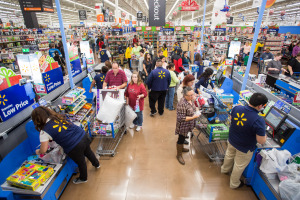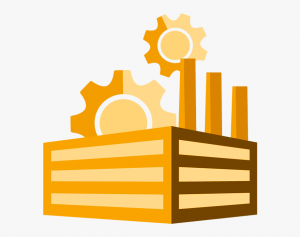
An inflation measure watched by the Fed eases to 5.5%
Friday’s report from the Commerce Department showed that prices rose 5.5% in November from a year earlier, down from a revised 6.1% increase in October and the smallest gain since October 2021.

Friday’s report from the Commerce Department showed that prices rose 5.5% in November from a year earlier, down from a revised 6.1% increase in October and the smallest gain since October 2021.
The rise in gross domestic product—the economy’s output in goods and services—marked a return to growth after consecutive drops in the January-March and April-June periods.
Megadeals announced early in the year were soon replaced by jitters about getting mergers and acquisitions over the finish line, with monthly deal activity plummeting by almost half from May to June. The volumes have yet to recover.

This month’s number reflected a sharp rebound, pushing the consumer confidence index to its highest level since April.
After squirreling away cash at record rates during the pandemic, Americans have taken a hard turn in the opposite direction, with the personal savings rate dropping to a 17-year low of 2.3% in October.
Americans cut back on retail spending last month as the holiday shopping season began, with high prices and rising interest rates forcing families to make harder decisions about what they buy.
The report, the last of 2022, points to inflation that—while much too high—is beginning to ease.
The latest year-over-year figure was down from 8% in October and from a recent peak of 11.7% in March.
The U.S. labor market showed little sign of slowing last month, maintaining a surprisingly robust pace despite a slowdown in the tech industry.
The report also showed that consumers spent more in October, even after adjusting for inflation, a sign of their continued willingness to keep spending in the face of high prices.
Wednesday’s government report showed that the restoration of growth in the July-September period was led by solid gains in exports and consumer spending that was stronger than originally reported.

The Federal Reserve is closely monitoring the figures on job openings and quits for signals about the strength of the job market.
A rising number of households are stepping up their use of credit cards—or “buy now, pay later” plans—to keep up with higher prices.
The data suggest companies are largely adhering to capital spending plans as they seek to improve productivity and help counter lingering cost pressures.
The retailer voiced caution about its sales and profit during the fourth quarter because customers have been waiting for sales rather than buying goods at full price, and finding ways to cut down on spending in other ways as well.
Speaking at an IBJ economic forecast event Monday, a Fifth Third Bank economist said the chance of heading into another recession is “literally a toss-up, a coin flip.”
The annual Business Outlook forecast from Indiana University Kelley School of Business, released Thursday, says predictions are tougher than usual to make due to aggressive increasing of interest rates by the Federal Reserve.
U.S. service providers expanded in October at the slowest pace since May 2020 as orders growth and business activity moderated, suggesting the broader economy continues to cool.

Ten manufacturing industries reported a contraction in October, led by furniture, wood products, paper products and textiles. Eight industries expanded.

U.S. job openings rose unexpectedly in September, suggesting that the American labor market is not cooling as fast as the inflation fighters at the Federal Reserve hoped.